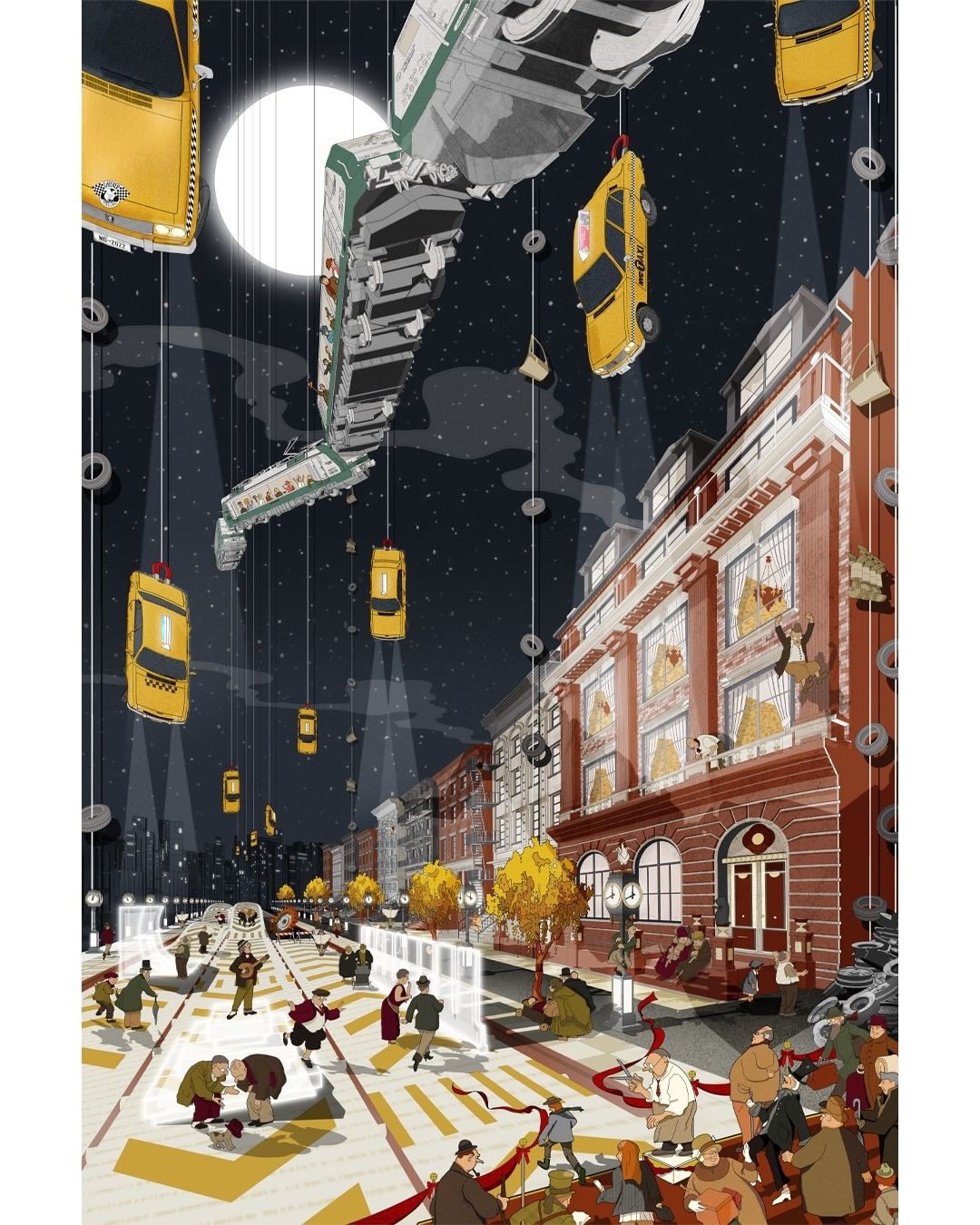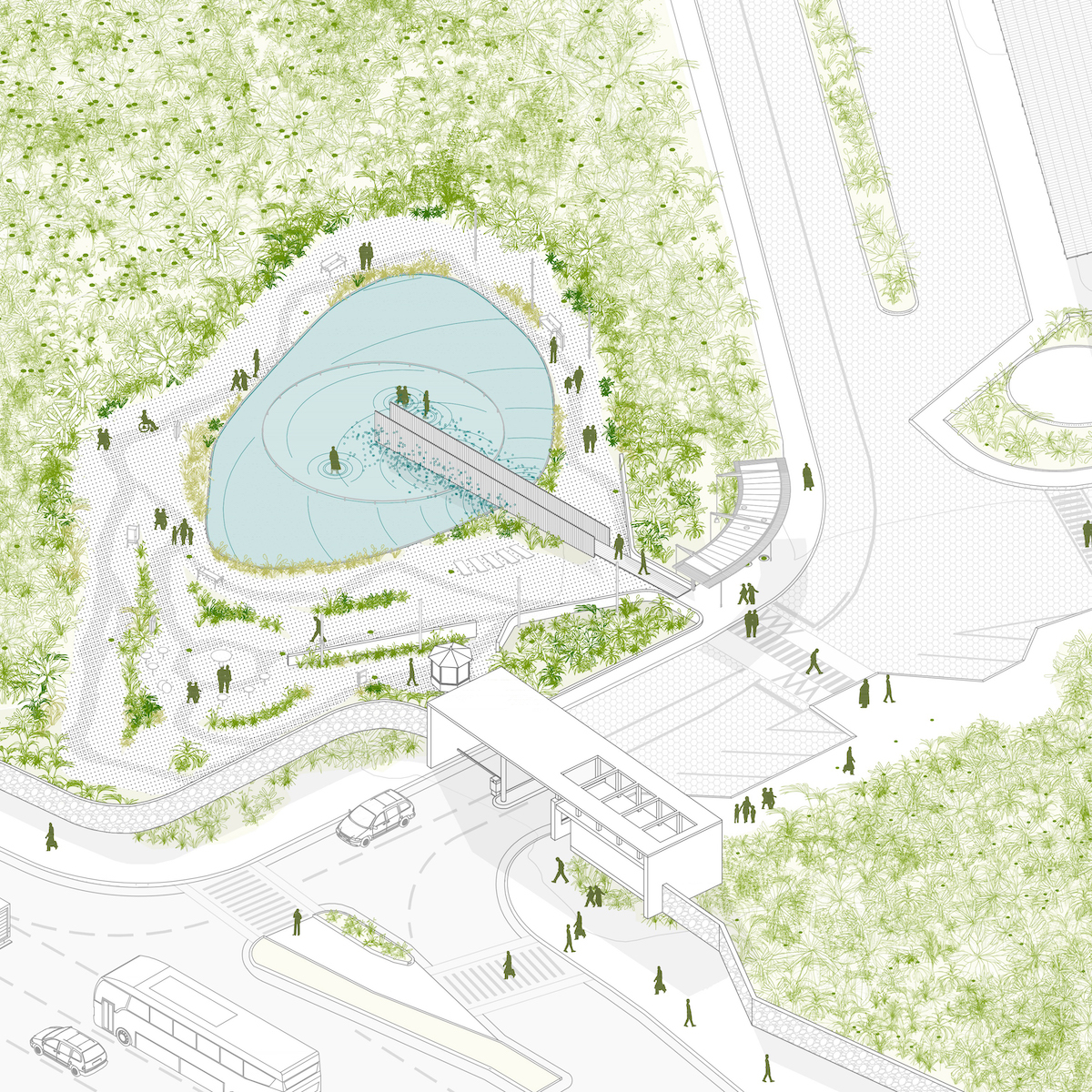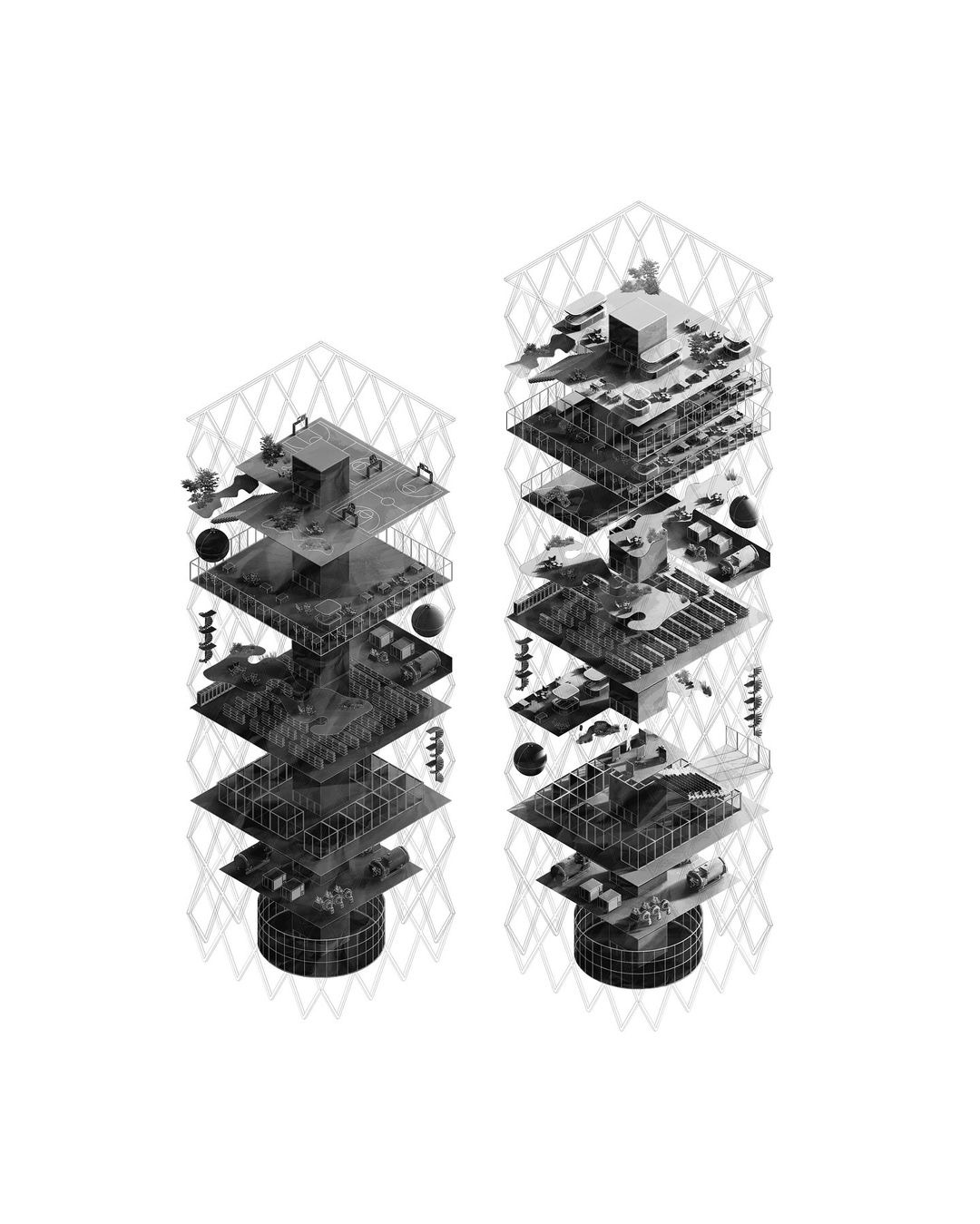The Poetry of Death
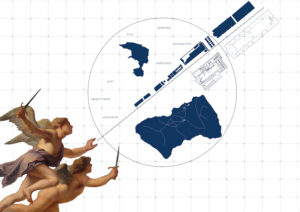
Death is simply known as the end. It is the full stop placed at the end of a sentence, followed only by memories, searches, or the consequences of our actions.
This proposal focuses on how new spatial experiences can contribute to the discovery and revelation of the natural landscape, aiming to restore the mourner’s relationship with the world.
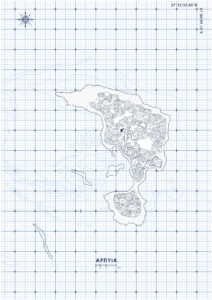
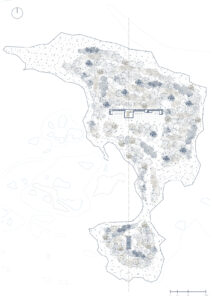

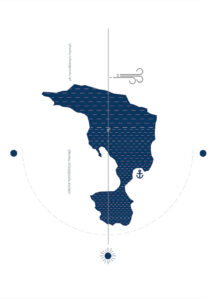
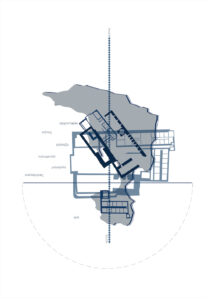

Interaction with other people, situations, and places provides a therapeutic benefit to the traveler, helping them overcome grief. When the traveler arrives at Harpy in the early morning hours, a small, deserted, and isolated island, they realize that the island has a flat geomorphology, in stark contrast to the previous islands they visited. Here, they are called to appropriate it.
The first thing they encounter is the stone longitudinal wall, which seems to have always been in this place.
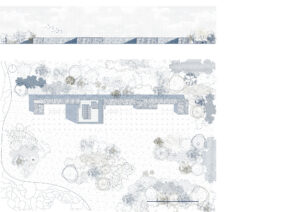
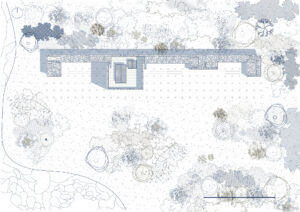

Walking around the wall, they discover that its interior contains five spaces: the kitchen, the iconography and weaving workshops, storage areas for the boat and other essential items that will aid in the travelers’ stay. As time passes, more travelers arrive, who will be companions for the next few days. Together, they will form a community, much like the monks in the nearby pre-existing monastery.
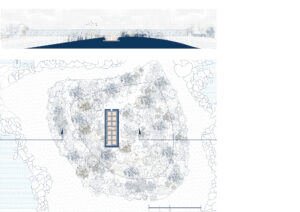
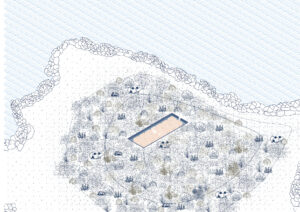
With the arrival of night, they descend to the southern part of the island, where their cells are located. The cells are situated underground in an excavation that consists of autonomous units.

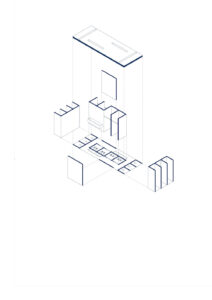
In the center of the excavation are the communal toilets. They are compelled to share their most personal moments, an awkward and uncomfortable feeling, but they overcome this taboo because it is the stage where they become one with the others. They do not differentiate, they shed the feeling of shame, and they break every barrier of privacy.
Author: Catherine Papadopoulou


